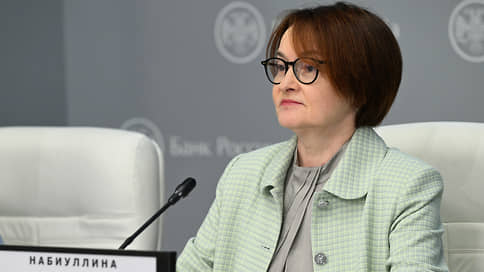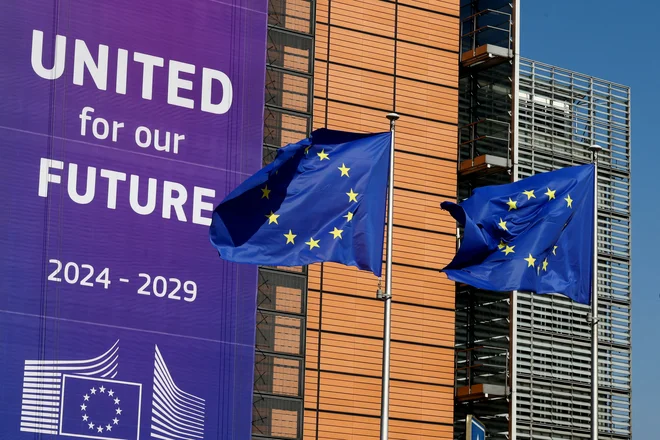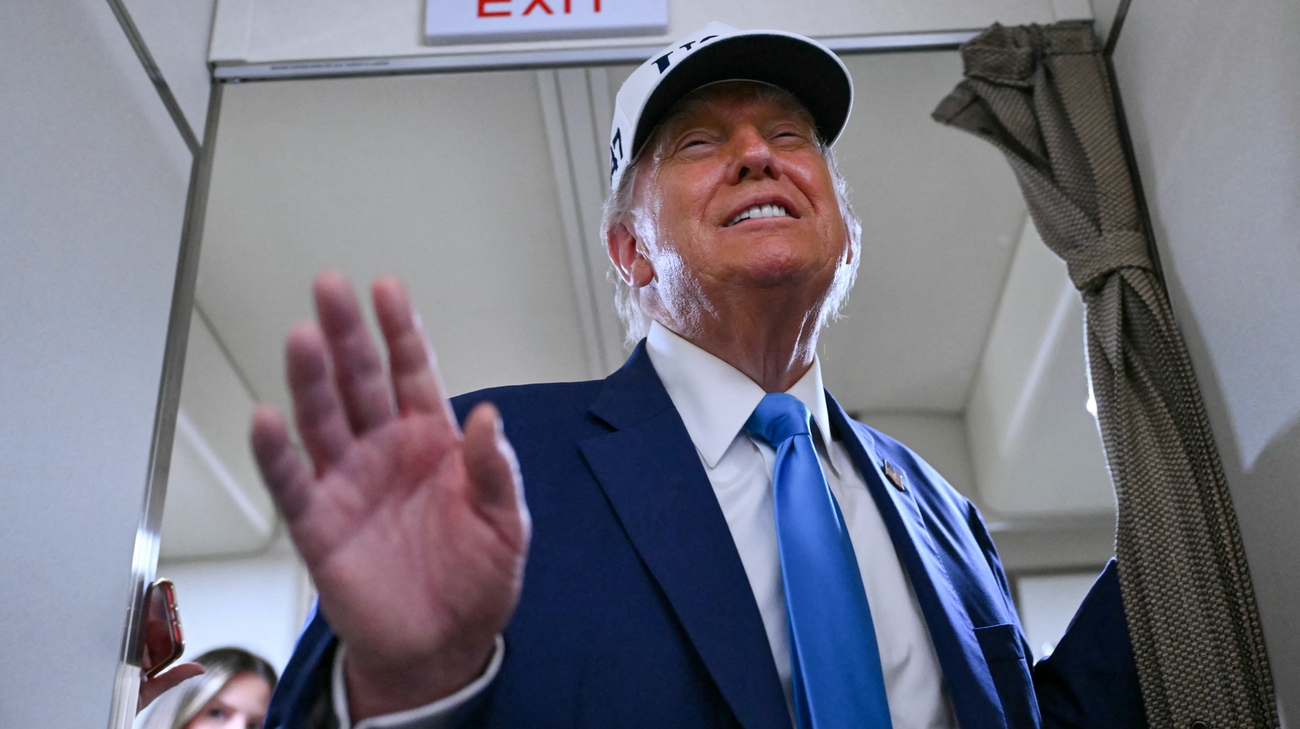Why the Central Bank lowered the key rate to 20% per annum

After almost three years of increasing or preserving the key rate, the Bank of Russia on June 6 began its decrease – so far from 21% to 20%. This decision was not quite predictable, since not all indicators tracked by the regulator testified in favor of such a step. Nevertheless, the decrease coincided with the expectations of the economic block of the government, the representatives of which were signals on the eve of the need to weaken the stiffness of the DCP for the new acceleration of the already cooled Russian economy.
The Board of Directors of the Bank of Russia on Friday, June 6, reduced the key rate from its peak value of 21% to 20% per annum. This happened after four in a row decisions on the immutability of the bet and was only partially expected: most analysts predicted the preservation of a key indicator that sets the price of short money in the economy.
But the decrease took place, and the Central Bank explained it primarily by a decrease in inflationary pressure.
In April 2025, the price growth rate with seasonality adjusted to 6.2% in terms of the year after the average 8.2% in the first quarter. An annual inflation, according to June 2, slowed down to 9.8%. At the same time, it is heterogeneous: a strong ruble holds back the growth rate of prices for non -food products, but inflation is still high for products. Significant and inflationary expectations of the population (although the price forecasts of business are reduced).
Having reduced the rate, the Central Bank made it clear that this step is to be considered the beginning of the cycle of mitigation of monetary policy (DCP)-the July decision, according to the chairman of the Bank of Russia Elvira Nabiullina, was not predetermined at all (the next meeting of the Board of Directors will be held on July 25). Therefore, the Bank of Russia retained the signal of its future actions neutral – possibly both increasing and reducing the rate. “Our decision will depend on how the situation will develop, on the data that we will receive by the time the next meeting at the rate,” said the head of the Central Bank. The phrase on the need for a “long period” of a tough DCP to achieve an inflation goal of 4% in 2026 in the rhetoric of the regulator remained unchanged. Such firmness, we note, upset the participants in the stock market, many of whom hoped to reduce the rate by not 1%, but by 2% and waited for the softer rhetoric of the Central Bank – see the reaction of markets. See the material on the same page.
The stiffness of the statements of the Central Bank against the backdrop of a reduction in the rate can be explained by the desire of the regulator not to give rise to too optimistic expectations, as happened before.
Elvira Nabiullina emphasized that a significant mitigation of monetary conditions, taking into account the slowdown of inflation in real terms, does not yet occur-only the nominal rate is reduced. The guideline of the average value of this indicator in 2025 remains the same: 19.5–21.5% per annum.
Nevertheless, the first decrease in the long period occurred, and this is exactly what representatives of the government block expected from the Central Bank. The day before, the Minister of Finance Anton Siluanov noted that the slowdown in inflation opens the Bank of Russia for decisions on the DCP, including some weakening of its rigidity. He associated the possibility of this measure with the ongoing cooling of the economy. The head of the Ministry of Economy Maxim Reshetnikov spoke even more definitely. He also talked about the entry of the economy during the cooling period and that more and more sectors of the real sector are already showing a fall in the release, so the agency is counting on timely softening of the DCT to preserve the target three percent growth rates of GDP.
Elvira Nabiullina, commenting on such statements yesterday, noted that the Central Bank hears the “expert opinion of government members”, but she makes the decision on the basis of his own, on the basis of his own analysis of the situation. At the same time, the Bank of Russia is not quite shared by the Government representatives of the government. The head of the Central Bank noted that the economy is not observed now: inflation is still higher than the goal, and unemployment is below the average values of recent years. “We do not see the risks of serious deterioration or reducing the system sustainability of enterprises of the real sector,” the head of the Central Bank also noted.
The business, meanwhile, according to the head of the RSPP, Alexander Shokhin hopes that the long -awaited decrease in the key rate « will become a trend, not a one -time action. » “The macrodenary and concern of the entrepreneurial community with increasing risks of the economy hypothermia became convincing arguments in favor of the transition to a policy of gradual reduction in the rate,” commented the decision of the Bank of Russia Alexander Shokhin.








